Free love and resurrection in Berkshire's picturesque 'village in heaven'

It’s always worth reading up on a place you’re about to visit. Which is why I knew that Cookham, north-east Berkshire, is a village in which the dead clamber out of their graves, the living celebrate free love on the local moor, and Jesus and God hang out in the church porch. I knew this from the work of Sir Stanley Spencer, the 20th-century British painter who spent much of his life here. He’d probably have used a bit of artistic licence here and there, I thought, but he must have been broadly faithful to the place.
Alas, no. Faithful he may have been, but he was no realist. On reaching Cookham on a rainy Thursday, I was deeply disappointed to run into not a single member of the Godhead. It was a shame not to see a sign of a massive free love festival either (maybe they only do it at the weekend? It’s a commuter village, after all). Then again, like any sensibly-minded person, I am sufficiently wary of a zombie apocalypse to be relieved by the absence of the living dead.
What is Cookham, then, if not Spencer’s hyper-theological Bizarro Cookham? Well: it’s small, pretty, Thameside, elderly and wealthy. There are a few more houses than in Spencer’s time, and I’m guessing the Indian and Chinese restaurants weren’t there then, but other than that it seems broadly the same as it must have been a hundred years ago.
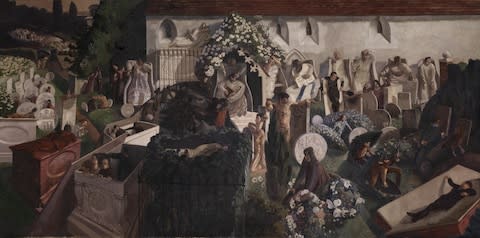
Imagine for a moment that Spencer erupted from the smart little plot outside Holy Trinity Church where he was interred 60 years ago – a scene he imagined in The Resurrection, Cookham (1924-7), complete with Jesus, God and the rising dead. He wouldn’t see a whole lot of difference in the church, which is predominantly Norman and has been here for more than 700 years.
If he took the north exit from the churchyard, he would come to the verdant bank of the Thames. He might at this point be reminded of Christ Preaching at Cookham Regatta, a project he left unfinished when he died in 1959. Here he might startle some barge owners with his deshabillé (he’s naked in the painting and I assume he wouldn’t have found clothes yet – even if he did, in life he had a habit of wandering around the village in his pyjamas).

Back on the high street he’d see his childhood home, which features in Neighbours (1936); and he’d pass the Wesleyan chapel he visited as a child, which is now a gallery bearing his name.
To mark the sixtieth anniversary of his death, the gallery (stanleyspencer.org) is mounting an exhibition on how the artist fits into the modern British canon. You’d hope they would welcome him in, despite his lack of modern coinage.
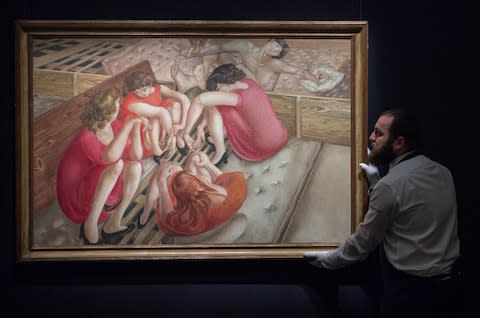
Pressing on, he’d soon reach Cookham Moor, which the high street opens on to. No free love fest. But in his brief walkabout, our resurrected Sir Stanley would have recognised lots of the qualities that made Cookham, in his view, “a village in Heaven”.
Without his work, it’s a place that’s green and pleasant without being particularly memorable. With it, Cookham enjoys a sort of kaleidoscopic effect, colourfully enriched by its most famous son.
Six fine reasons to visit Cookham
The archive
The John Lewis Partnership has a heritage centre that tells the organisation’s story, and boasts a textile archive of over 4,000 designs, including the work of William Morris and Lucienne Day. It’s open to the public on Saturdays (10am-4pm) and to past and present staff on Thursdays.
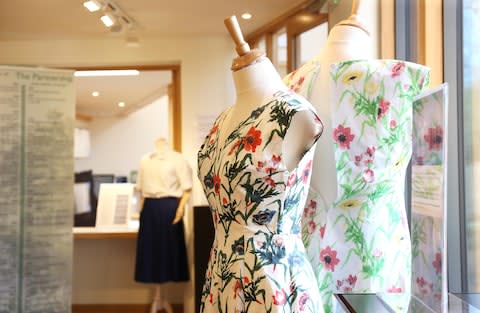
The pub
We can’t guarantee free love gatherings on Cookham Moor, but you can keep a lookout for them from the Crown Inn, one of Cookham’s many attractive pubs.
The walk
You can book a Spencer-themed guided walk via the gallery’s website, but it’s easy enough to take yourself on a stroll round Cookham Moor or along the riverside path.
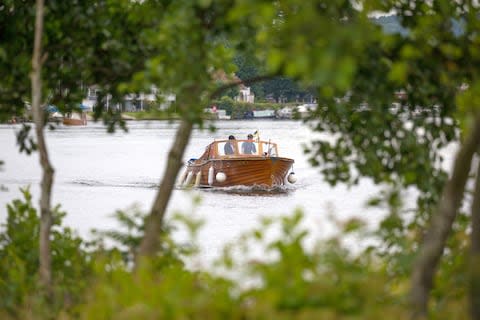
The artist
Sir Stanley is remembered in a tranquil former chapel at 16 High Street, open 10.30am-5.30pm every day. The current exhibition (Counterpoint: Stanley Spencer and his Contemporaries), runs until Nov 3. Adults £6; stanleyspencer.org.uk
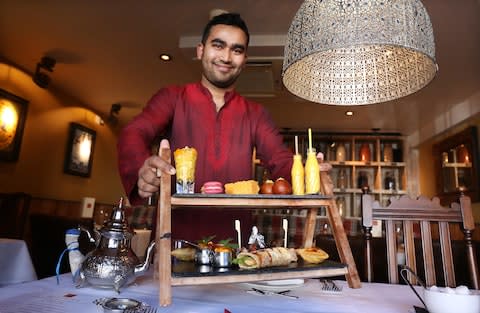
The afternoon tea
Cucumber sandwiches and scones? Boring. For a zingy update on the British afternoon tea, try the delicious Indian version served at the Spice Merchant restaurant on the high street.

The country house
Cliveden, the opulent Italianate mansion that was formerly home to the Astors, is near Cookham. It was in Cliveden’s lush grounds that John Profumo met Christine Keeler, and you can visit the grounds all year round and the house’s ground floor until October. Prices vary depending on your itinerary; nationaltrust.org.uk.


